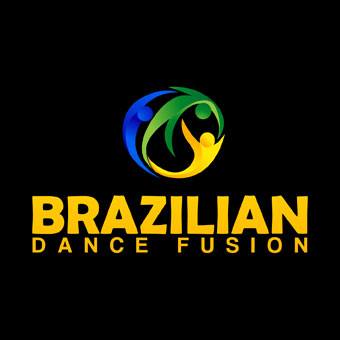
Forró (faw-HAW) There are several theories on the origin of the name. One theory is that the word forró is a derivative of the English expression ‘for all’. Another accepted theory puts forró as a derivative of forrobodó, meaning ‘great party’.
Forró is the most popular genre of music and dance in Brazil’s northeast, to the extent that historically “going to the Forró” meant simply going to party or going out. Regarding the music, it is based on a combination of three instruments (accordion, zabumba and a metal triangle).
The dance however becomes very different as you cross the borders of the northeast into the southeast. As part of the popular culture it is in constant change.
The dance known as ‘forró universitário’(university) is the most common style between the middle-class students of universities in the southeast, having influences of other dances like salsa and samba-rock. The traditional music used to dance the forró achieved popularity throughout Brazil by Brazilian youth of southeast, south and central regions.
There are three rhythms of forró: xote (a slower-paced rhythm), baião (the original forró) and arrasta-pé (the fastest of the three), and amongst these, many styles of dancing, which varies from region to region, and may be known by different names according to the location.
Forró is danced in pairs, usually very close together, with the man’s left hand holding the woman’s right hand as in the Waltz, his right arm around her back and her left arm around his neck; Other styles may require to stay partially away, or in a considerable distance, only holding their hands up the shoulders.
Influences from salsa and other Caribbean dances has given mobility to forró, with the woman and the man being spun in various ways, although it’s not essential to spin at all, and more complex movements may prove impossible to be executed in the usually crowded dancing area of forrós.
Our classes teach the main dance styles of forró:
Our aim is to promote Brazilian dance and culture in Adelaide through dance, fitness, music, and language.
Our fundamental objective is for each teacher to share their passion for dance and to enhance the emotional, social and physical well-being of their students through their own unique dance training.
We are committed to quality service provision and a high standard of tuition. Students of all ages and levels of danceability are not only welcome but are encouraged to experience the beauty and satisfaction of Brazilian Dance firsthand! So what are you waiting for?
© 2025 coursetakers.com All Rights Reserved. Terms and Conditions of use | Privacy Policy